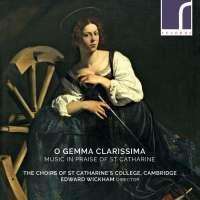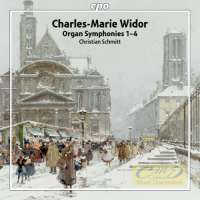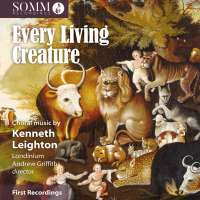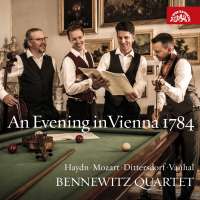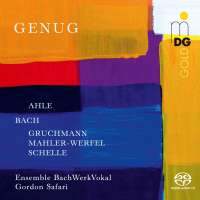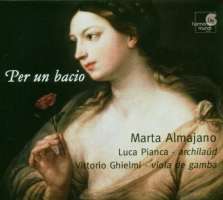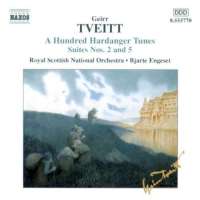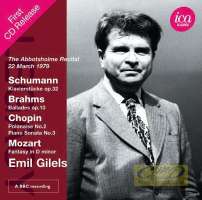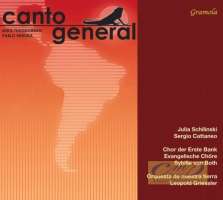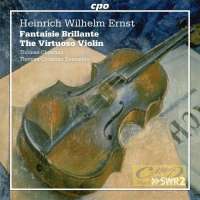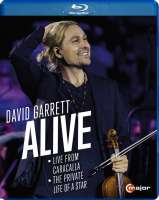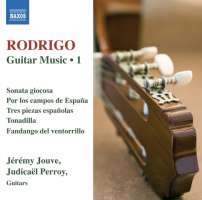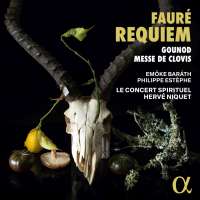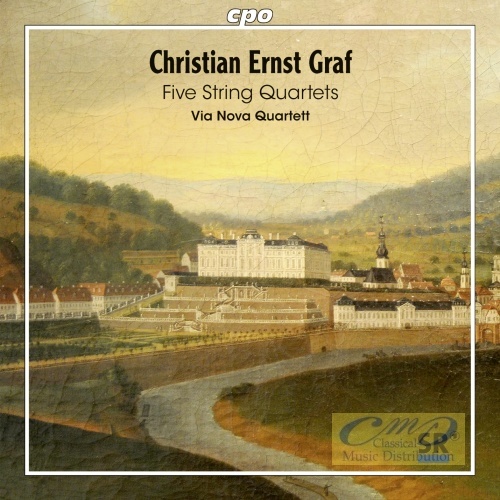
kompozytor
Graf, Christian Ernst
tytuł
Graf: Five String Quartets
wykonawcy
Via Nova Quartett;
nr katalogowy
CPO 777 865-2
opis
Even if only a little biographical material about Christian Ernst Graf’s life has come down to us, we do have sources enabling us to understand his music. Just prior to Graf’s death, Heinrich Christoph Koch, a fellow Rudolstadt resident and a member of the court chapel once led by Graf, published the most important music lexicon of his times. Like this lexicon, Graf’s music documents the eventful stylistic development from the baroque to classicism. Both men no longer merely addressed themselves to experts but also appealed to the taste of music enthusiasts and amateurs. Instead of engaging in motivic work or expansive continuation of the sort familiar to us from the soggetti of the baroque era, Graf pursued new paths: he linked all sorts of heterogeneous melodic ideas in order then to sequence and vary them or to have them imitated in playful alternation and contrasted with chromatic counterparts. Structurally, Graf’s music likewise aimed at clarity and intelligibility – true to the ideals of Enlightenment aesthetics. Despite the variety of his compositional techniques, his movements always flow symmetrically into a da capo. The Via Nova Quartet interprets his five string quartets on historical instruments!
nośnik
CD
gatunek
Muzyka klasyczna
producent
CPO
data wydania
02-04-2015
EAN / kod kreskowy
761203786527

(Produkt nie został jeszcze oceniony)
cena 42,00 zł
lubProdukt na zamówienie
Wysyłka ustalana indywidualnie.
Darmowa wysyłka dla zamówień powyżej 300 zł!
Darmowy kurier dla zamówień powyżej 500 zł!
sprawdź koszty wysyłkiProduktu jeszcze nie zrecenzowano, chcesz być pierwszy?
Klienci, którzy kupili ten produkt, kupili również
1 / 11

